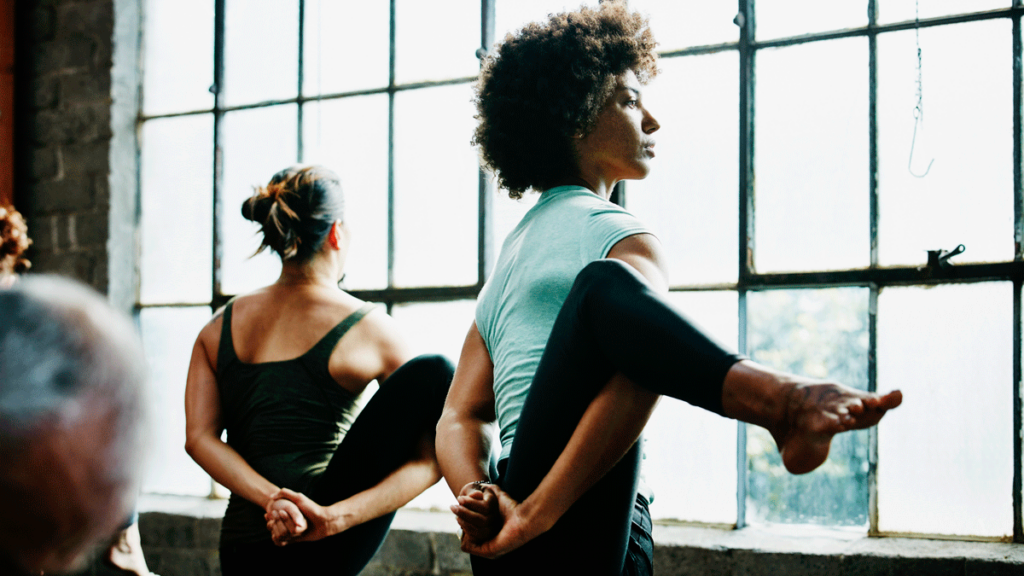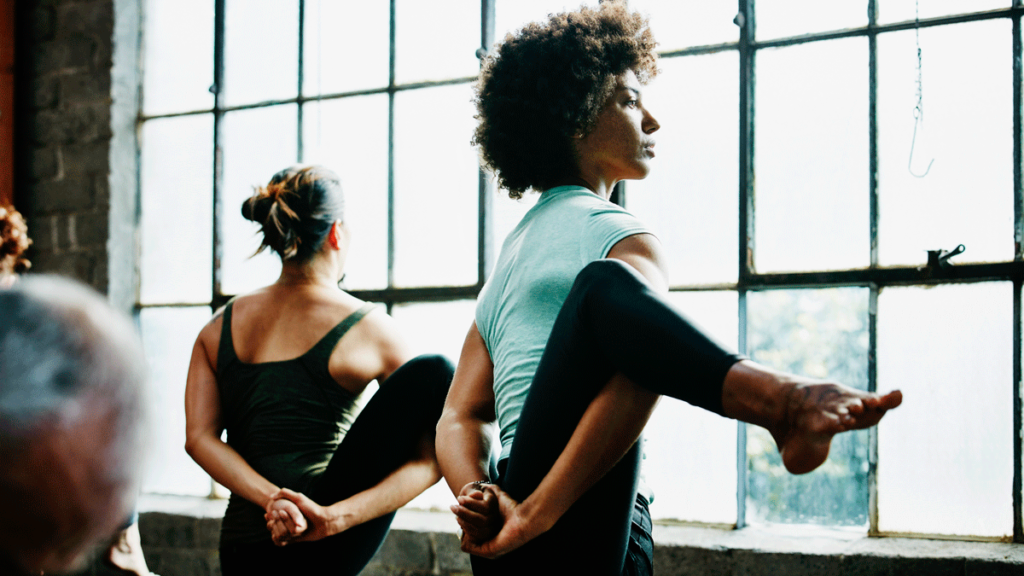
Heading out the door? Read this article on the new Outside+ app available now on iOS devices for members! <a href="https://outsideapp.onelink.me/wOhi/6wh1kbvw" class="o-content-cta-link" data-analytics-event="click" data-analytics-data="{"name":"Element Clicked","props":{"destination_url":"https://outsideapp.onelink.me/wOhi/6wh1kbvw","domain":"<>","name":"in-content-cta","type":"link"}}”>Download the app.
Yoga cues can be tricky.
Communicating complex concepts to students quickly is as much art as science, especially in a class with an array of people who vary in how they interpret our words and navigate their bodies. And we teachers don’t always get it right.
I’ll try almost any verbal cue that effectively communicates what I mean, even when it’s not technically accurate. I’m an anatomy teacher yet I have no qualms telling students to “breathe into your belly” if I think it will help, even though I am quite aware that students breathe into their lungs.
There’s simply no such thing as a perfect way to verbally guide all students into a pose. But there’s one verbal cue that I do not, have not, and will not ever use. And that’s telling someone to take the “full expression” of a pose. Not only is the language imprecise and unhelpful, but it’s potentially alienating to some students.
It’s not unusual for different teachers and schools of yoga to practice asanas in different ways. For example, Triangle Pose in Ashtanga requires grasping the big toe of your front foot whereas most styles rest the hand on the mat, your shin, or a block. So the actions represented by the phrase “full expression” rely on the context of the class. A student educated in one method, cued to find “full expression” by a teacher of another method, is likely to be working toward different alignment or actions.
But more importantly, even when the same iteration of a pose is known, who defines its “full expression?” We are each unique, not just in our fingerprints and our DNA but also in our bony proportions, our joint shapes, our movement patterns, and our life experiences. How can a teacher know a student’s “full” capacity?
A student with longer arms is likely to find it easier to come into an arm bind than a student with shorter arms or a broader torso. A student with shallower and more outward-oriented hip sockets is likely to find Padmasana (Lotus Pose) than a student with deeper or more forward-facing hip sockets.
In each example, one student’s full capacity—and potential “full expression”—differs markedly from the other through no lack of effort or experience, and in ways that are not always seen from the outside.
We must also factor into that equation an understanding that each time a student comes to the yoga mat, their experience is influenced by their previous activity levels, hydration, nutrition, stress, fatigue, sleep, and countless other factors. What constitutes a person’s fullest or 100 percent expression will differ from day to day and practice to practice.
Perhaps most crucially, using the phrase “full expression” is likely to be as demotivating to some students as it is inspiring to others. As social creatures, we are programmed to respond to expectation and subtext as much as spoken words. When a teacher implies that one—and only one—variation of a pose constitutes the “full” expression, we might consider our ability to do anything else as less than or inferior.
Telling students to find their “full expression” is not only vague, it threatens to negate the benefits of a practice that is intended to liberate us and remind us of our inherent completeness. I would assert that saying those words to students is unkind and avoiding it to be an act of decency. And in the words of Aesop, “No act of kindness, no matter how small, is ever wasted.”
RELATED: 7 Ways to Exponentially Improve Your Cues If You Teach Yoga
About Our Contributor
Rachel Land is a Yoga Medicine instructor offering group and one-on-one yoga sessions in Queenstown New Zealand, as well as on-demand at practice.yogamedicine.com. Passionate about the real-world application of her studies in anatomy and alignment, Rachel uses yoga to help her students create strength, stability, and clarity of mind. Rachel also co-hosts the new Yoga Medicine Podcast.





